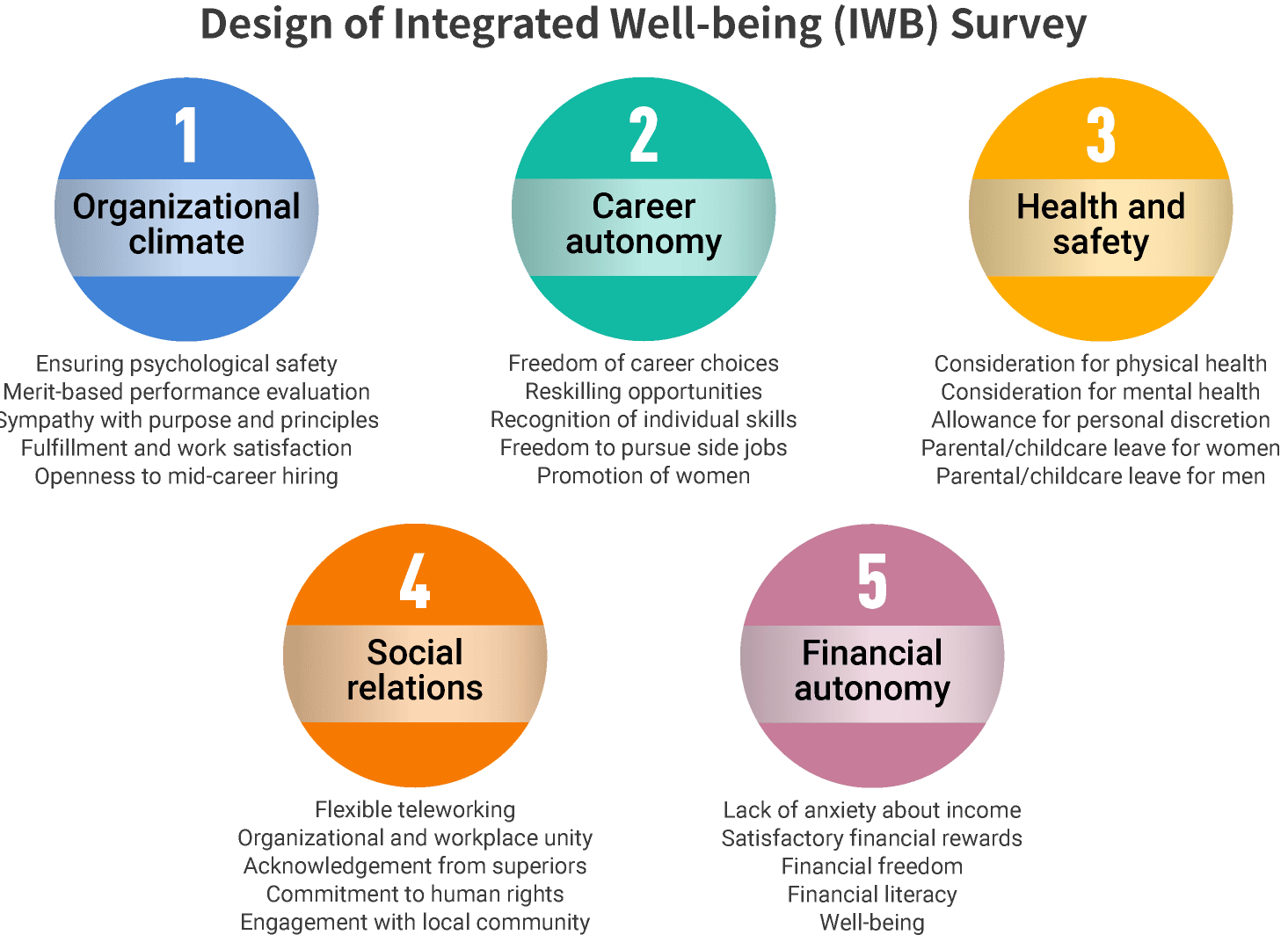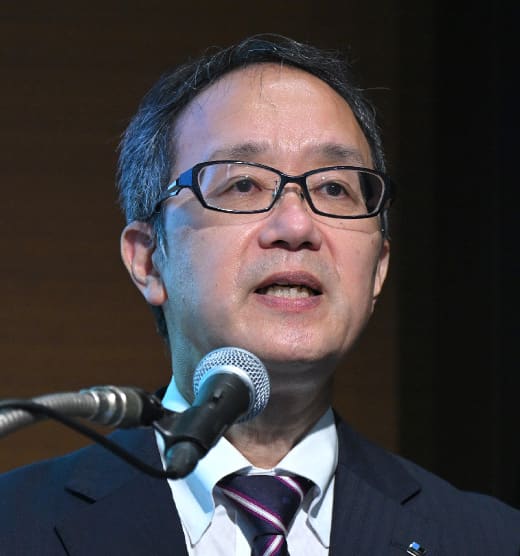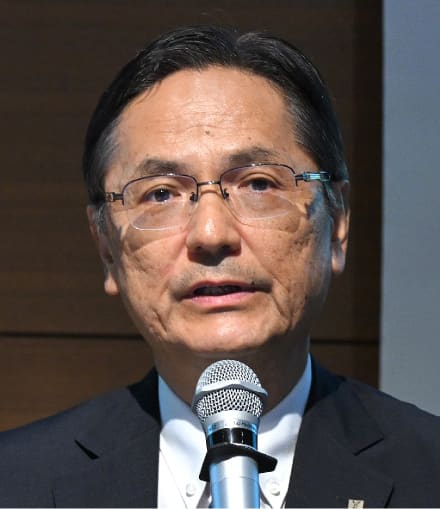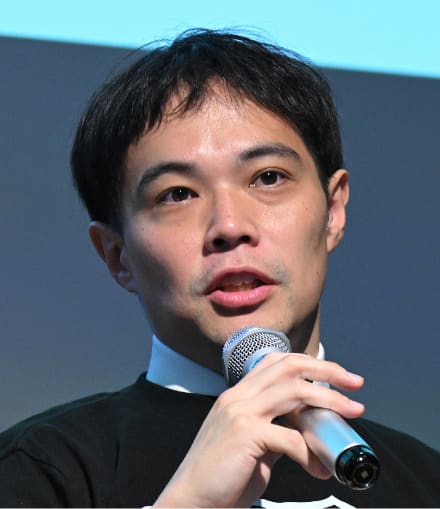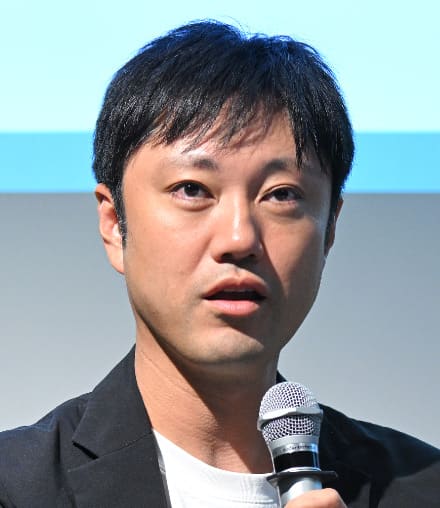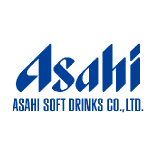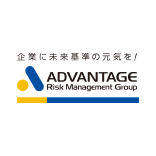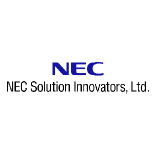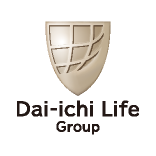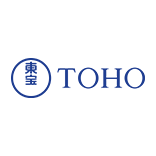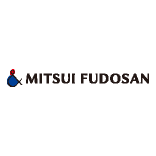Measurement is the First Step in Finding Solutions
Kunio Ito
Chair of TCFD Consortium / Representative Founder of Human Capital Management Consortium / Director of CFO Education and Research Center, Hitotsubashi University
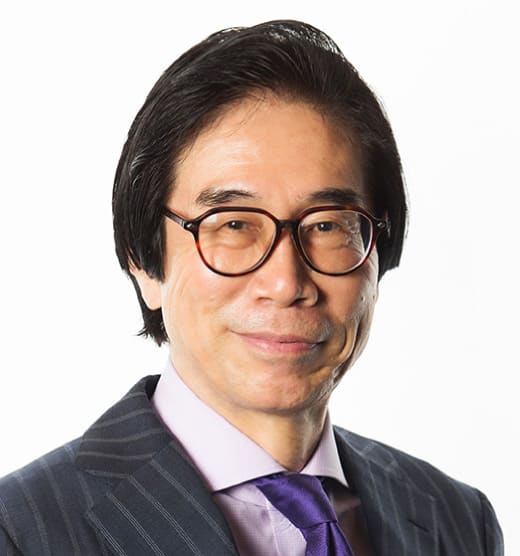
Kunio Ito
Up to now, there has been a lack of useful indicators in human capital management. So, to try and develop new indicators for this field, we took up the challenge of trying to measure well-being.
An integrated well-being score is computed by integrating scores in five categories: organizational climate, career autonomy, health and safety, social relations, and financial autonomy.
Assessing well-being in this way makes it possible to avoid the pitfall of relying on the impressions and preconceptions of managers to judge the well-being of employees. It also helps in assessing where your company’s level of well-being stands in society. Additionally, it should be useful for evaluating how the sense of well-being of individual employees changes over time.
Whatever can be measured can be controlled, so this method should be useful in developing effective measures and actions to enhance well-being.
Initially, we assessed overall well-being by asking “What level of well-being have you felt over the past three to six months?” along with five similar questions covering the various categories. We then expanded the survey by designing a questionnaire with 10 questions in each of the five categories, arriving at a total of 56 questions. The survey was administered to 10,000 full-time employees of publicly listed companies, with the results serving as a benchmark.
The benchmark results showed that the average score for overall well-being was 5.45 out of 10.0 points. The fact that 20% of respondents scored 4 or less is cause for concern.
Results by category showed that scores for organizational climate were low, suggesting that dialogue between management and employees is a problem. We could infer that this indicates that widespread difficulties with innovation may stem from organizational culture issues. Surprisingly, the survey revealed little resistance to mid-career hires; it seems they generally find a welcoming atmosphere.
On average, respondents felt the lowest level of well-being with career autonomy. This is a glimpse into the reality that many employees know their roles and work goals but feel limited in terms of workstyle options. Since the skills of employees are not well recognized, issues relating to the utilization and development of human resources are evident. There has been little progress in the area of side jobs, so a lack of joy and fulfillment in daily work has become a notable problem.
Well-being scores relating to health and safety were generally high, indicating that the efforts of companies in this field are successful. However, the fact that individual employees feel considerable work-related stress is a concern.
In the area of social relations, many people seem to struggle with the barriers between departments and sections. Many respondents perceived a lack of cooperation and engagement within the workplace.
Although scores for financial autonomy were relatively high, on closer scrutiny, the result may not be so reassuring. That is, many employees seem to vaguely perceive themselves as being financially independent. The survey results reveal glimpses of financial insecurity and dissatisfaction relating to the failure of companies to provide opportunities to acquire financial literacy, and to low salaries.
It is self-righteous of management to evaluate the well-being of workers subjectively or based on impressions. So, I hope you will discuss these research findings with the senior executives and employees at your companies.
